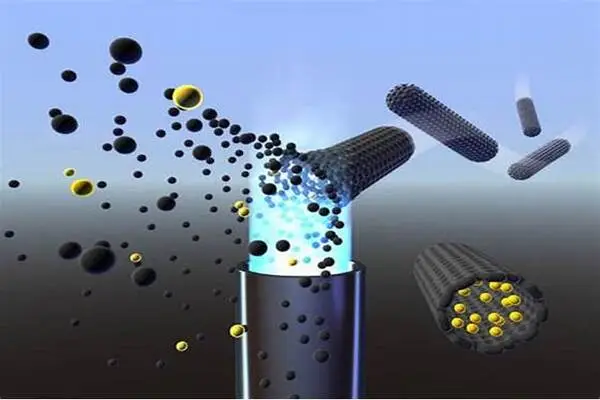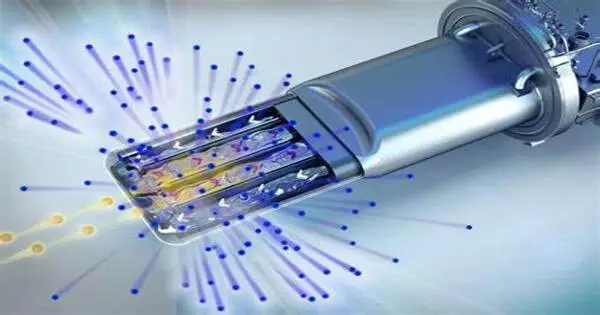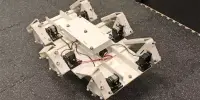Supercapacitors, also known as ultracapacitors or electrochemical capacitors, are energy storage devices that function as a bridge between traditional capacitors and batteries. They can store and deliver energy much more quickly than batteries, making them suitable for applications requiring rapid energy transfer, such as regenerative braking systems in vehicles and certain renewable energy systems.
Researchers describe how they achieved the highest level of energy storage – also known as capacitance – in a supercapacitor ever recorded in a new landmark chemistry study.
The study, led by Luis Echegoyen, Ph.D., professor emeritus at The University of Texas at El Paso, and Marta Plonska-Brzezinska, Ph.D., of the Medical University of Bialystok, Poland, was recently featured in the journal Scientific Reports, which is published by leading research publisher Nature Portfolios.
This is a significant step forward and brings us closer to achieving supercapacitors with high energy density, which would radically change how we store and manage energy.
Luis Echegoyen
Supercapacitors are devices that store electrical energy between two metal plates that are close but separated by a non-conductive surface. Supercapacitors are similar to batteries, except that batteries use chemical transformations to store and retrieve energy, whereas capacitors use oppositely charged surfaces to store energy. They are commonly used in machines that require rapid energy discharge, such as electric cars, buses, trains, and cranes.
“This is a significant step forward and brings us closer to achieving supercapacitors with high energy density, which would radically change how we store and manage energy,” said Echegoyen, a longtime faculty member in the Department of Chemistry and Biochemistry at UTEP.

According to Echegoyen, supercapacitors have a high potential because they can charge much faster than batteries – within seconds to fractions of a second. Current supercapacitors, however, can only store a limited amount of energy, limiting their potential applications.
According to scientists, if supercapacitors could be designed to store more energy, they would be physically lighter and charge much faster than batteries, which would have a significant commercial impact.
The new supercapacitor developed by Echegoyen and Plonska-Brzezinska achieved a record level of storage, or capacitance, by employing a material with a carbon “nano-onion” core structure, which creates multiple pores that allow for greater energy storage.














